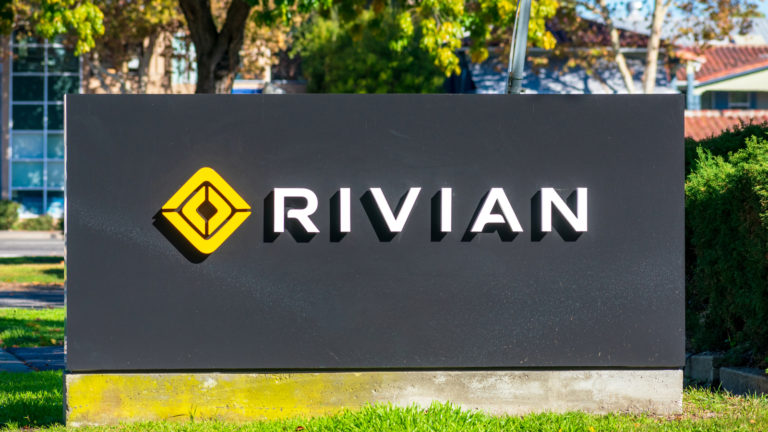Down 86% from its IPO, Rivian Automotive (NASDAQ:RIVN) may not be the first EV stock most investors point to for growth. In fact, the deteriorating nature of the Rivian stock price over time has pushed many investors away. Indeed, 2024 hasn’t been a positive year for EV stocks, as macro tailwinds take a toll on this sector.
Rivian’s overall lineup continues to grow, and I like the look of its vehicles. And while adoption is picking up, manufacturing and production related issues have hampered the company in the past.
Competing with giants like Tesla (NASDAQ:TSLA) that continue to cut price has proven difficult. And with a lack of profitability at the moment, that’s meant further margin deterioration.
Long-term investors may have a different perspective, but I think the medium-term outlook for Rivian is mixed at best. Here’s why I’d remain cautious with this name right now.
Valuation
In 2023, Rivian and its EV company peers and rivals, like Tesla, have seen slow market growth. This is mainly because of lower demand and intense market competition. However, the stock saw over 90% decline from its IPO of $10.
Adjusting to a realistic market outlook, Rivian reported Q1 results in early May, highlighting financial updates and strategic shifts to broaden its market appeal.
Rivian produced 13,980 vehicles and delivered 13,580, aiming for its annual target of 57,000, despite falling short of Wall Street expectations. The company focused on sustaining demand, improving customer experience, reducing costs, enhancing plant efficiency, developing the R2 model, and moving toward profitability.
Although facing intense competition, Rivian is progressing toward a balanced business model and fair market valuation.
53% Decline Despite Production Improvements
In its Q1 2024 letter, Rivian stated that despite an 11.30% one-month return, its stock fell 31.04% over the past year. Closing at $10.44 per share on May 24, 2024, Rivian’s market cap was $10.391 billion.
Some experts have noted the recent 53.3% Q1 stock decline can be tied to Rivian’s limited scale, high cash burn, and temporary production shutdowns. However, the R2 and R3 models received over 68,000 pre-orders within 20 hours, and producing the R2 in existing facilities aims to cut costs and boost utilization.
Lower-Priced Models and Rivian Stock
Recently, on May 7, Rivian saw a strategic shift with its affordable models like R2, R3, and R3X. These models are priced starting at $45,000, with the R2 competing with Tesla’s Model Y. The company plans to produce R2 in existing facilities, saving over $2 billion, and start production in early 2026.
However, Rivian’s plan to build a new facility in Georgia for R2 production raised investor concerns about resource efficiency, especially given its financial situation and previous claims of using existing facilities.
RIVN is Not for the Faint Heart
Rivian is on a promising path to lower conversion costs per vehicle in the second half of 2024, aiming for profitability by Q4. In Q1, Rivian’s gross profit per vehicle was $38,718, underscoring the need for a sustainable business model.
Despite significant improvements in vehicle costs and the development of the lower-priced R2 model, Rivian’s cash reserves dropped to $5.97 billion from $11.78 billion last year, indicating financial strain.
The strategic shift to the R2 model, with a competitive starting price and 68,000 reservations, signals strong market interest.
Despite disappointing financial results and limited progress, Rivian’s valuation is becoming more realistic.
I’m of the view that stagnation is the most likely scenario for this stock over the medium-term, so I’m happily assessing this stock from the sidelines right now.
On the date of publication, Chris MacDonald did not hold (either directly or indirectly) any positions in the securities mentioned in this article. The opinions expressed in this article are those of the writer, subject to the InvestorPlace.com Publishing Guidelines.

